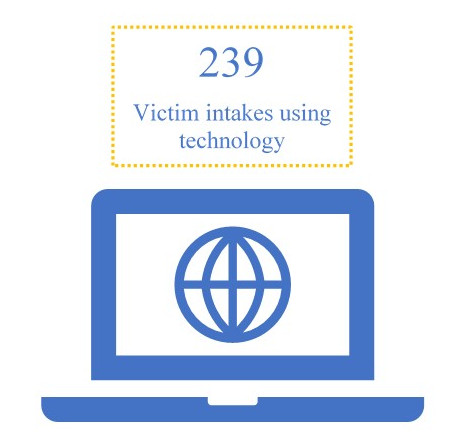Project Details
Building on DOJ-funded collaborative models, such as elder justice initiatives and the Victim Legal Assistance Networks established in 10 states, the federal Office of Victims of Crime (OVC) funded NCVLI to establish innovative programs to respond to the high rates of rural victimization and the myriad hurdles rural victims face in accessing legal services. With this Project, NCVLI competitively solicited and selected three rural locations and is assisting them with training and technical assistance to develop innovative, technological approaches, combined with training, outreach and community partnerships, to increase legal services to rural crime victims.
Since selecting three rural partners to establish demonstration sites, NCVLI has been providing training and technical assistance as they develop innovative methods to increase legal services to crime victims. Throughout the Project, NCVLI will assist each site as it develops an implementation plan; identifies and develops innovative technology solutions while protecting privacy and safety; builds strong partnerships; develops policies and resources; and provides holistic legal services to crime victims. Throughout the Project, NCVLI will facilitate cross-site collaboration, conduct program evaluation, and document promising practices to inform the field.

Pro Bono Attorneys
NCVLI provides the Rural Site with guidance and technical assistance to recruit, train, collaborate with, and manage a network of pro-/low-bono attorneys to provide representation to clients in rural areas who likely would have otherwise fallen through the gaps in access to justice. The Rural Sites are leveraging technology in an innovative fashion to coordinate with these pro-/low-bono attorneys and the clients at the heart of the Project’s efforts.
Additional resources can be found in our Victim Law Library.
_________
This project is supported by Grant No. 2017-VF-GX-K130, awarded by the Office for Victims of Crime, Office of Justice Programs, U.S. Department of Justice. The opinions, findings, conclusions or recommendations expressed in this Project are those of the author(s) and do not necessarily represent the official position or policies of the U.S. Department of Justice.